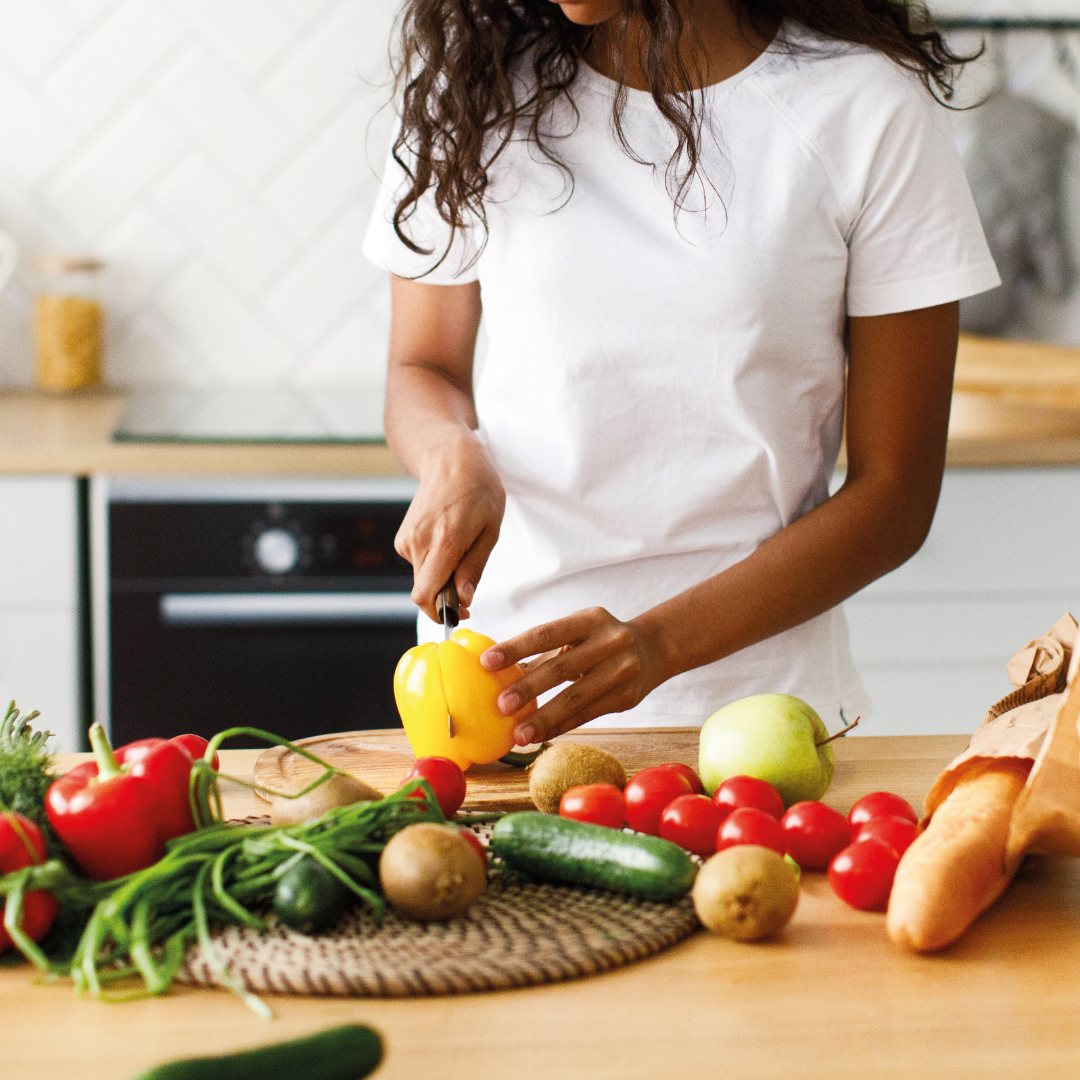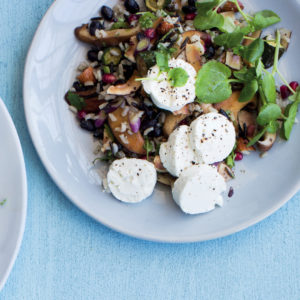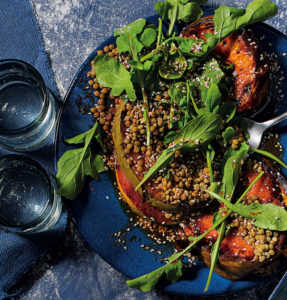Feeling a little lost in the kitchen? No worries, we’ve got you covered with these cooking tips!
1. Tips to save a split ganache
Ganache is a smooth and glossy emulsification of chocolate and cream. A split ganache can look slimy, oily or grainy and tends to occur when the fats separate from the liquids. There are two main reasons why a ganache splits: overheating and when there isn’t enough liquid in the mixture. If you think your ganache has become too warm, simply mix in room temperature water or low-fat milk a little at a time, mixing well in between additions with a rubber spatula, until the ganache comes back together. If you completely overheated your ganache in the microwave, then set it aside to cool before whisking vigorously to bring it back together. In the event that overheating isn’t the issue, then your ganache probably needs a little more liquid. Add in warmed cream a little at a time until the ganache comes back together.
2. A Guide to perfect eggs
Poached
It is important to use the freshest possible eggs so that the whites hold together while cooking. Add 1–2 tbsp white vinegar to a large pot of simmering water. Crack an egg into a ramekin, optionally through a fine mesh strainer to remove the more liquid whites. Use a large spoon to create a whirlpool in the water and carefully tip the egg into the centre of the swirl as it slows down. If you’d like to cook multiple eggs at once, don’t do this step. Cook the eggs for 3–4 minutes, remove with a slotted spoon and blot on paper towel. Eggs can be prepared in advance and reheated in the boiling water before serving.
Boiled
Place room temperature eggs in a pot of water and bring to a boil. Reduce the heat to medium and keep the water at a gentle boil. Time the eggs from the moment the water boils:
4½–5 min: Runny yolk (perfect for the breakfast dish egg and soldiers
6 min:Soft-boiled (great for salads and ramen)
7–10 min: Hard-boiled (use in sandwich fillings or enjoy as ahealthy snack)
Scrambled
Lightly beat and season eggs – do not add milk as it will make the end result watery. Cook the eggs in foaming butter, pushing them gently around the pan towards the centre as they start to set. Just before the eggs are ready, add in a small knob of butter, or even some crème fraiche for added richness. Remove the pan from the heat while the eggs are still soft and silky – they will continue to firm up in the pan.
Fried
Heat butter or olive oil in a pan until hot, but not smoking. Crack in your egg –the white should start to set immediately. As the egg cooks, spoon the hot oil from the pan over the white to help it cook. Alternatively, pour a little waterin the pan and cover with a lid. For an over-easy egg, flip the egg over and cook for 30 seconds.
3. How to easily peel butternut
- Prick the whole butternut all over with a fork and slice off both ends.
- Place the butternut in a microwaveable dish and microwave for 3½ minutes – this softens the skin, making it easier to peel.
- Let the butternut cool down enough to handle, or hold with a tea towel, and effortlessly peel away that tough skin using a vegetable peeler or small paring knife.
4. How to crystallise edible flowers
Create beautiful floral decorations for your Easter bakes. Using this simple trick, you can crystallise edible flowers such as violas, rose petals, dianthus and primroses. Lightly whisk 1 egg white until it starts to foam. Working with one flower at a time, use a small, soft paintbrush to carefully brush both sides of the flower with egg white,then sprinkle with castor sugar until completely coated. Then place on a wire rack or a baking tray lined with baking paper and leave to dry at room temperature for 24–48 hours. The flowers will firm up as the egg white dries out. Store them at room temperature in a container lined with baking paper, and the flowers will keep for several months.
5. How to pickle leftover veggies
Have too many veggies in the fridge, or do you need a little something extra for your next dinner? Pickle your veg using this super-easy guide!
For the pickling brine:
Bring 1 cup water and 1 cup vinegar of your choice to a boil with 1 tbsp salt and 2–3 tbsp sugar. Feel free to add dried herbs or whole spices such as peppercorns, fennel seeds or coriander seeds for extra flavour. Pour the hot pickling brine into a sterilised jar with your prepared veggies – these can be anything from mini cucumbers, carrots, red onions and green beans. Stuff in some smashed garlic or hardy fresh herbs such as rosemary and thyme, or add some turmeric or paprika for extra colour. Seal the jar with a lid and cool at room temperature. The flavour of the pickles will improve with age, so try wait at least 2 days before cracking them open.
6. Fresh to dry herb substitution
Fresh and dried herbs each have their own role to play in recipes. However, if you are ever in a pinch and do not have the right dry or fresh herb needed, here’s a good substitution trick to keep in mind. Dry herbs are more potent than fresh ones, so when substituting the one for the other you’ll need a smaller amount of dry herbs. A good rule of thumb is that 1 tbsp fresh herbs = 1 tsp dried herbs. So if a recipe calls for 2 tbsp finely chopped fresh origanum, then you can substitute it with 2 tsp dried origanum instead.
7. Oiling measuring spoons before measuring out honey & syrup
Pro tip: be sure to lightly grease your measuring spoons and cups with cooking spray or oil before measuring out honey, syrup and molasses. The oil helps to release the sticky condiments from the spoons, which means less hassle and less mess!
Words by Kirsty Buchanan
Let’s get down to the root, and dig into why root vegetables are so good for our bodies. Plus, learn the best way to cook with them.




